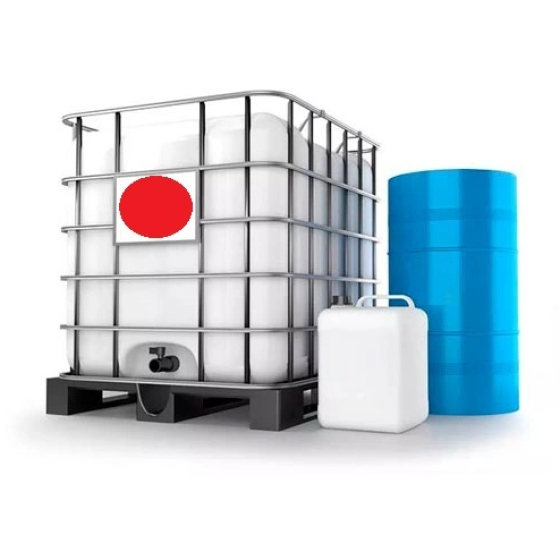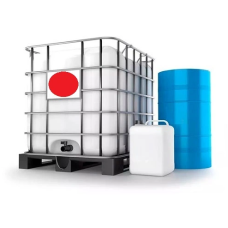Antifreeze red
Antifreeze red – Engine cooling liquid
Description of Antifreeze red
To determine how red antifreeze differs, for example, from G11, consider the composition. The basis of the coolant is ethylene glycol. To give the coolant the properties required by car manufacturers, a package of modern high-tech additives is added. The red coolant does not contain many additives present in silicate models, such as nitrites and nitrates, phosphates, amines and borates. Also, the liquid does not contain silicates. The main difference between red antifreeze is in the manufacturing technology.
The composition of the red liquid for cooling the motor:
• ethylene glycol (alcohol) – up to 90 %;
• distilled water – up to 5 %;
• additive package – up to 5% (carboxylate, anti-foaming, lubricating, anti-scale formation and other components);
• dye for the identification of the coolant class and the ability to control the level in the expansion tank;
• fluorescent additives for quick detection of microscopic leaks when lighting pipes, radiator and other elements with an ultraviolet lamp.
Ethylene glycol is a colorless oily liquid, therefore, thanks to the dye, the coolant is better visible in the expansion tank when monitoring the level in the circuit. When antifreeze G12 is poured into the engine system, corrosion inhibitors begin to work. On the inner surfaces of the parts of the cylinder-piston group, where corrosion is formed, a thin but resistant film begins to form in order to create an obstacle for the further spread of rust. Thus, localization of already formed corrosion foci is carried out, as well as protection of other elements of the circuit through which the coolant circulates is provided.
The disadvantage of red antifreeze G12 is that it does not constantly affect the surfaces being contacted, but only when rust is detected and in the localization of an already formed corrosion focus. But thanks to this property, the effectiveness of corrosion inhibitors is preserved and more efficient heat transfer from hot parts to the composition circulating in the system is provided.
Security
Signal word – Danger
Stickers (Pictogram) – GHS07, GHS08
![]()
![]()
Hazard Statements –
H302 – Harmful if swallowed
H373 – May cause organ damage with prolonged or repeated exposure
Precautionary Statements –
P280 — Use protective gloves/protective clothing/eye/face protection
P301 + P310 – IF SWALLOWED: Call A POISON CONTROL CENTER or doctor/therapist immediately.
| Weight | 5.4 kg |
|---|---|
| Product type | Liquid |
| Package (acids) | 25 L canister, Barrel 200 l, Eurocube 200 l |
| Stickers (icon) | GHS07, GHS08 |
| Signal word | Danger |
| Color | Red |









